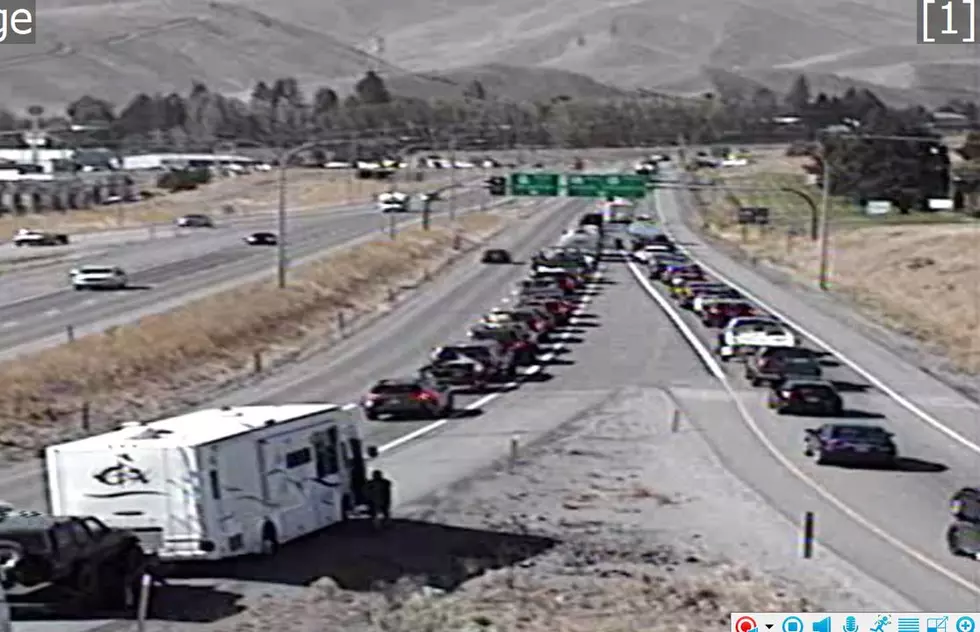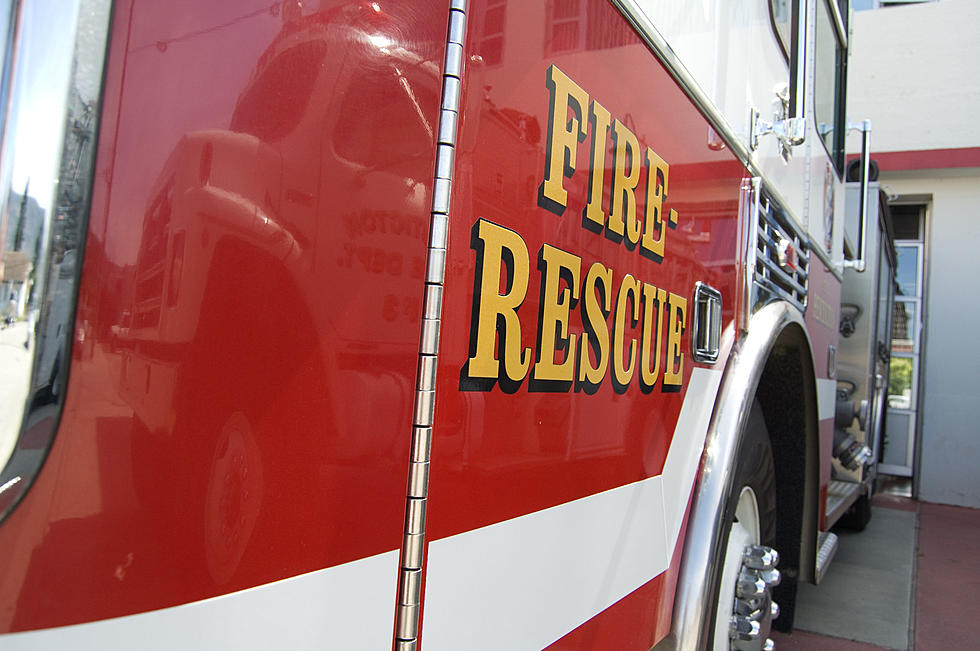
AAA Says 100 Deadliest Days for Teen Drivers Now Underway
From a press release - More than 1,050 people were killed in crashes involving a teen driver in across the nation in 2016 during the 100 Deadliest Days, the period between Memorial Day and Labor Day. That is an average of 10 people per day – a 14 percent increase compared to the rest of the year, according to data analyzed by the AAA Foundation for Traffic Safety. As school lets out for summer, AAA stresses the importance of preparing and educating inexperienced teen drivers for some of the most dangerous driving days of the year.
In Washington State, the leading factors in crashes involving teen drivers include speeding (38%), impairment (26%) and distraction/inattention (22%). Having teens impaired during 26% of crashes is frightening when alcohol and marijuana are not legal for consumption under 21 years. While we may assume the leading distraction for teen is devices, it’s actually other passengers according to AAA Foundation Research. When you have a passenger under 21 years riding with a teen driver, their crash risk escalates by 44%.
Nighttime driving is also a significant factor contributing towards the number of crashes, and subsequently fatalities, involving teen drivers during the 100 Deadliest Days:
- 32 percent of all motor vehicle fatalities involving teen drivers in Washington occurred between 9:00 p.m. and 3:00 a.m.
- Nationally, 1 in 10 of all motor vehicle nighttime crash fatalities involved a teen driver
- Nationally, Data show a 22 percent increase in the average number of nighttime crashes per day involving teen drivers during the 100 Deadliest Days compared to the rest of the year
“Not only are risks, like nighttime driving, a particular danger to young drivers, nearly every state also has a law restricting how late teens may be out on the roads,” said Jennifer Cook, AAA Washington Sr. Manager, Corporate Communications. “Washington State has significant room for improvement when it comes to the hours when new teen drivers can drive and how many passengers they can have with them – two very important issues that relate to teen crashes.”
In preparation for the dangerous summer driving period, AAA encourages parents to educate their teens and themselves about risky driving behavior. Parents should:
- Discuss with teens early and often the dangers of risky driving situations, such as speeding and nighttime driving.
- Teach by example and minimize your own risky behavior when behind the wheel.
- Make a parent-teen driving agreement that sets family rules for teen drivers. Consider setting driving limits that are stronger than a state’s law, and enforce those limits.
TeenDriving.AAA.com has a variety of tools, including licensing and state law information, to help prepare parents and teens for not only the dangerous summer driving season, but also all year long. The site also features new interactive widgets highlighting teen driving risks, as well as a social host quiz. The online AAA StartSmart program also offers great resources for parents on how to become effective in-car coaches as well as advice on how to manage their teen’s overall driving privileges.
Strengthening teen driving laws to increase roadway safety is a top priority for AAA. The Association’s advocacy efforts are helping to protect teens by working to pass graduated driver licensing laws, including seat belt requirements, wireless device bans and nighttime driving and passenger restrictions, in states across the country.
More From NewsRadio 560 KPQ









